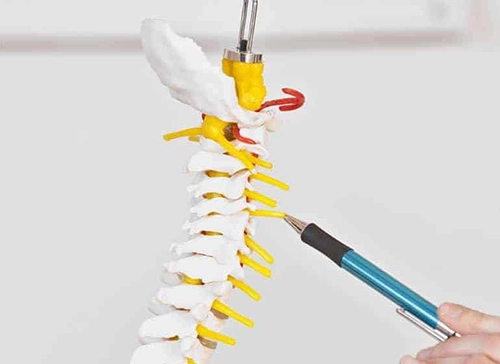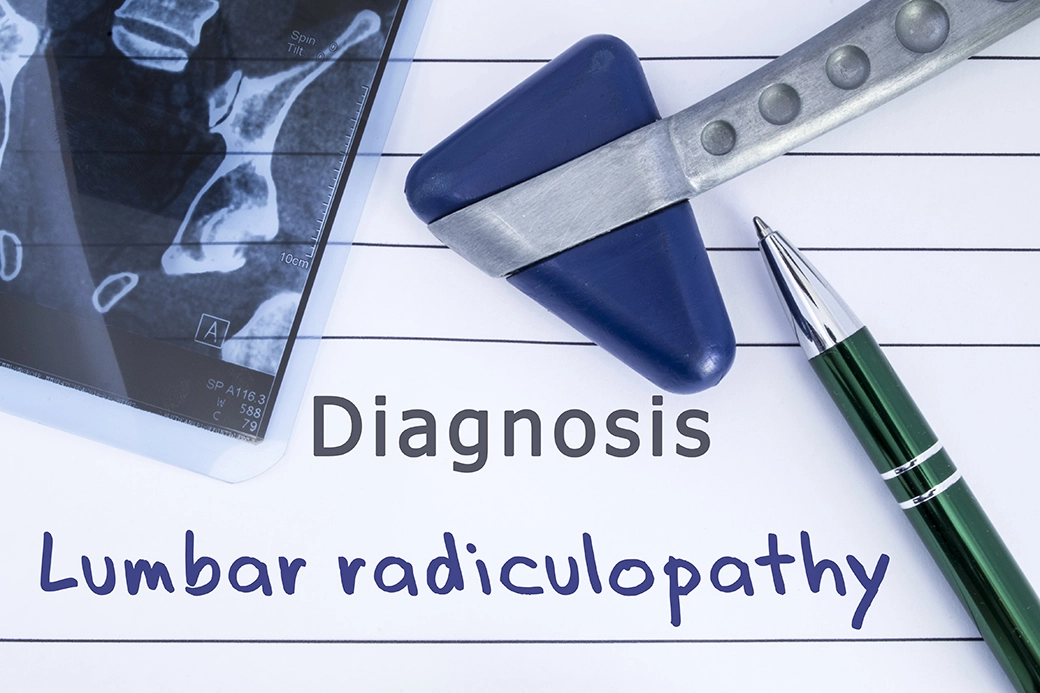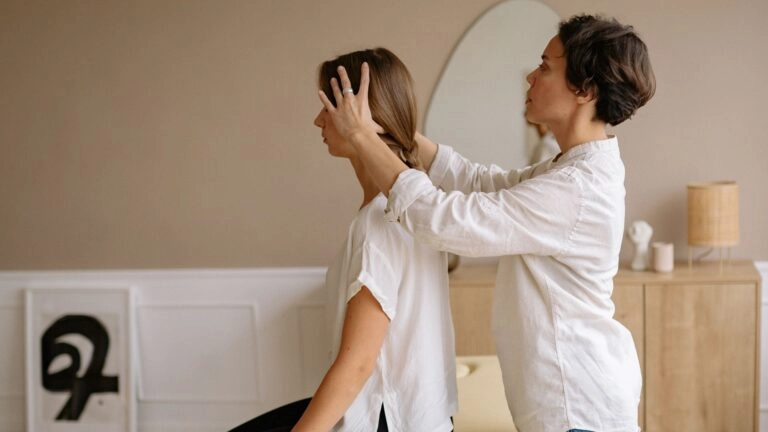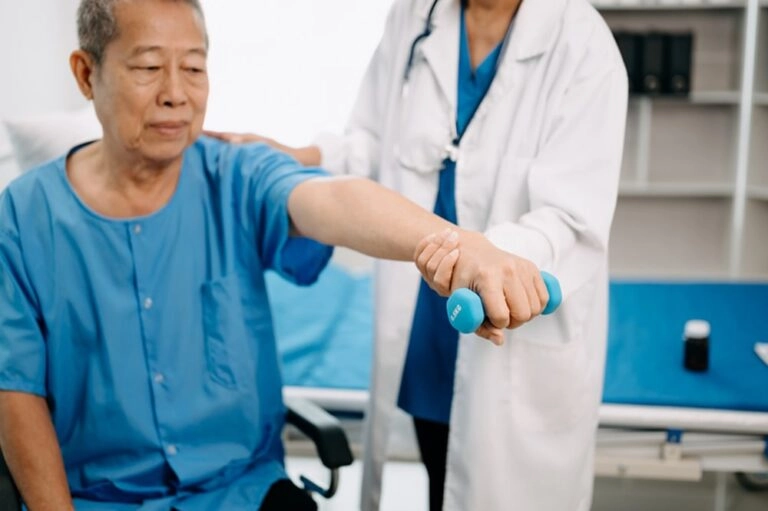If your Anchorage chiropractor has told you that you suffer from lumbar radiculopathy, you’ll want to do whatever you can to alleviate it. This most certainly includes not aggravating it further.
In light of that, I’ve collected a list of eight things you should avoid doing if you’ve been diagnosed with lumbar radiculopathy. These eight things are:
- Putting Off a Visit To Your Chiropractor
- Resting for Too Long
- Jumping
- Jogging and/or Running
- Lifting Weights and/or Heavy Objects
- Playing High-Risk Sports
- Sleeping On Your Stomach
- Returning to Normal Activities Too Soon
If you avoid doing these things, it will go a long way in helping you recover.
Now, let’s discuss each one of these a little more in-depth.
The general idea is to avoid straining your back and causing further damage to it either through neglect or ill-advised activities. Let’s get down to the details.
1) Avoid Putting Off a Visit to Your Anchorage Chiropractor
Chiropractors are experts in the musculoskeletal and nervous systems. Because of that, conditions like lumbar radiculopathy are smack dab in the center of their field of study. If you are suffering from an ailment of the spine like lumbar radiculopathy, flare-ups of sciatica, or anything else, a chiropractor is probably the medical professional best suited to diagnose and treat such a condition.
Basically, the ways a chiropractor can help lumbar radiculopathy treat such spinal issues are quite extensive and varied. They range from spinal manipulations to exercise recommendations to the use of various types of mechanical chiropractic devices and more.
2) Avoid Resting for Too Long
Many chiropractic treatment plans for lumbar radiculopathy as well as other issues begin with rest. Additionally, many people who find themselves suffering from some unknown pain might try to just take it easy and see if they can solve the issue themselves simply by resting for a few days. That’s fine, but there is a limit to how long you should rest. Specifically, you should not rest for more than two or three days. After that point, it begins to become counterproductive. In fact, if you rest too long, you may cause further injury to your spine.
3) Avoid Jumping
If you suffer from lumbar radiculopathy, there are a number of exercises you should avoid. Many of these are not unlike typical cervical radiculopathy exercises you’ll want to avoid if suffering from that condition.
To start, try to avoid exercises that incorporate a lot of jumping. As the majority of cases of lumbar radiculopathy are caused by spinal issues (herniated discs, etc…), you don’t want to do exercises that put undue stress on the spine. Jumping, both when you shove off and even more so when you land, involves a lot of jarring motions that can have undesirable consequences when you suffer from lumbar radiculopathy.
4) Avoid Jogging and/or Running
Jogging and running are two more exercises you should avoid if you have lumbar radiculopathy, and for much the same reasons as jumping. Both forms of exercise involve a lot of jarring movement and stress from repeated impacts of your feet on the ground. The shock of such impacts can travel up your legs into your spine. This can be problematic if your spine isn’t up to par.
5) Avoid Lifting Weights and Other Heavy Objects
Lifting heavy weights of any kind is another activity you should avoid when you suffer from lumbar radiculopathy. In general, weightlifting is typically pretty strenuous and often involves some degree of involvement of the back and its corresponding muscles. Using the muscles of the back can often impart stress onto the spine. Again, something you don’t want to do. If you must lift something, try to minimize using your back, and make sure you try to use your legs to do the majority of the work.
6. Avoid Playing High-Risk Sports
This should probably be obvious. If you shouldn’t be running, jogging, or lifting weights, sports that involve such (football, hockey, diving, or whatever) should also be avoided. At best, these sports will aggravate your condition. At worst, you run the risk of inflicting other serious injuries upon yourself. And you don’t want that!
7) Avoid Sleeping On Your Stomach
Everyone sleeps, but even though everyone is an individual, there are really only three types of possible sleep positions: on your stomach, on your back, or on your side. The best sleep positions for most chiropractic issues are on your back and on your side with the possible assistance of strategically placed pillows.
The absolute worst sleep position is on your stomach. First, in order to sleep on your stomach you must turn your head. That puts the cervical spine out of alignment. Additionally, if you have any kind of gut, that will put pressure on your lumbar spine. Neither one of those things is desirable in any fashion – particularly the gut issue if you suffer from lumbar radiculopathy.
So, please, if you want relief from lumbar radiculopathy symptoms or you wish to experience sciatic nerve pain relief at night, or you just want to sleep properly, avoid sleeping on your stomach.
8) Avoid Returning to Normal Activities Too Soon
I know it’s tempting to get back out there and start doing things as soon as you start to feel a little bit better, but try to avoid being too precipitous. If you return to normal activities that are, in any way, strenuous, too soon, you run the risk of reinjuring yourself or preventing a full recovery in the first place. Please, defer to your Anchorage chiropractor. He or she will be able to determine when you can safely return to normal activities.

Conservative Care and Lumbar Radiculopathy
There are a lot of different types of conservative care that can help an individual suffering from lumbar radiculopathy. Two of the most significant are chiropractic care and physical therapy. I mentioned chiropractic care specifically above. Physical therapy is another type of treatment that is often used in conjunction with chiropractic care, here in Anchorage, AK and elsewhere. There is good, solid evidence supporting both.
Let’s take a brief look at some relevant studies.
A 2009 study in the Journal of Manipulative and Physiological Therapeutics involved 49 patients who were treated with conservative, non-surgical methods such as chiropractic care and physical therapy, specifically, for lumbar radiculopathy stemming from disc herniation. At the end of treatment, 90% of the patients described their improvement as either “good” or “excellent”. (1)
A case report published by the University of North Dakota involved a 62-year-old female who suffered from lumbar radiculopathy symptoms and multiple comorbidities. Treatment included manual therapy, therapeutic exercise, and patient education. She responded remarkably well, reporting “minimal pain that was centralized to the low back.” (2)
A 2008 study in the Journal of Chiropractic Medicine reviewed 162 cases of patients with cervical and/or lumbar radiculopathy who were treated with a variety of chiropractic techniques like “chiropractic manipulation, neuro mobilization, and exercise stabilization.” The result? “Of the 162 cases reviewed 85.5% had resolution of their primary subjective radicular complaints.” (3)
As I said, if you are suffering from lumbar radiculopathy, or any other musculoskeletal condition, for that matter, your first stop should be the nearest chiropractor’s office.
Conclusion
If you suffer from lumbar radiculopathy, you’ll want to do everything you can to relieve your pain. Of course, in order to do that, you’ll want to avoid aggravating the condition and making it worse. If you avoid the eight things above, you’ll have a head start on recovery. After that, your Anchorage chiropractic medical team can guide you back to better health.
To learn more about the condition, read our guide to stop sciatica immediately.









